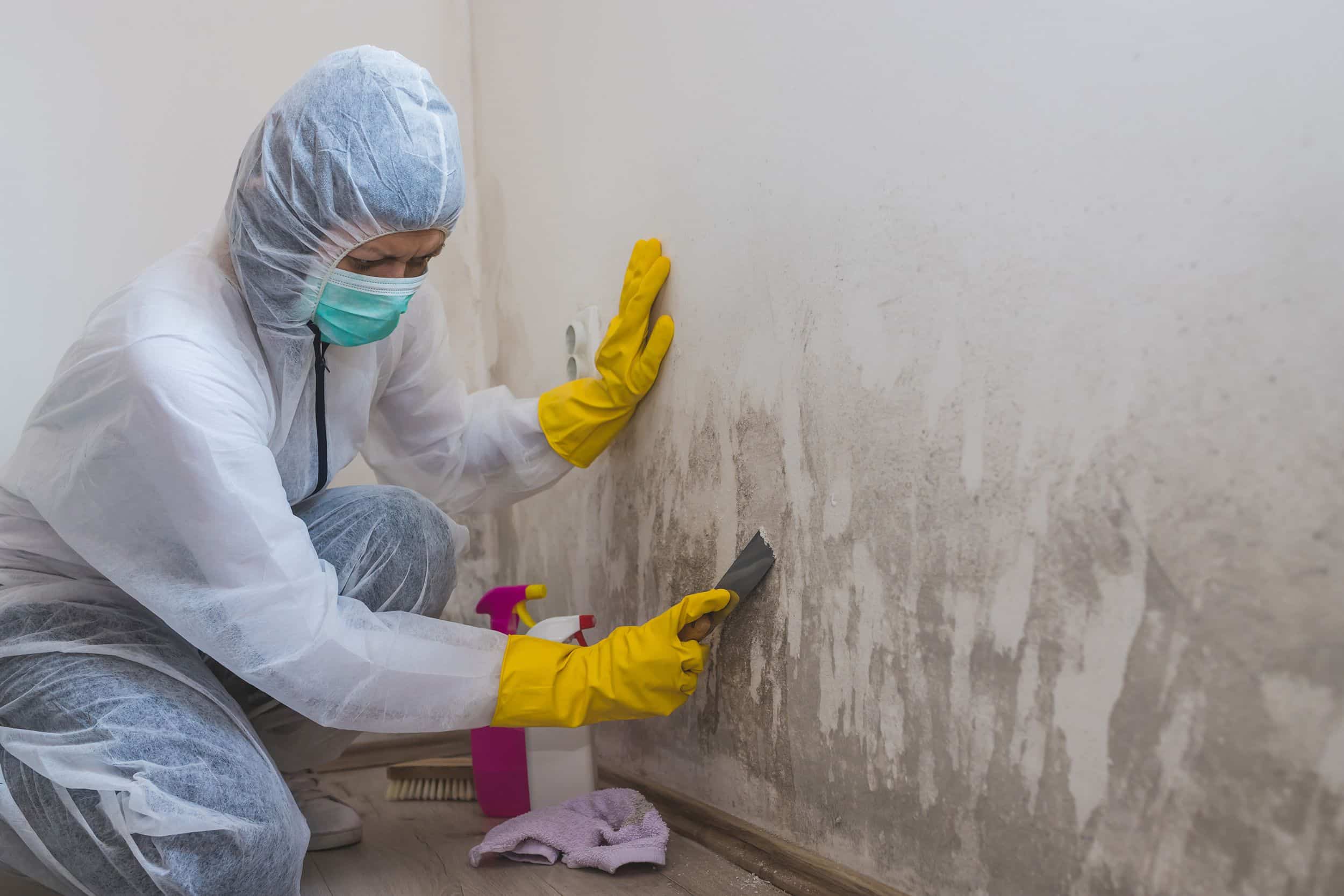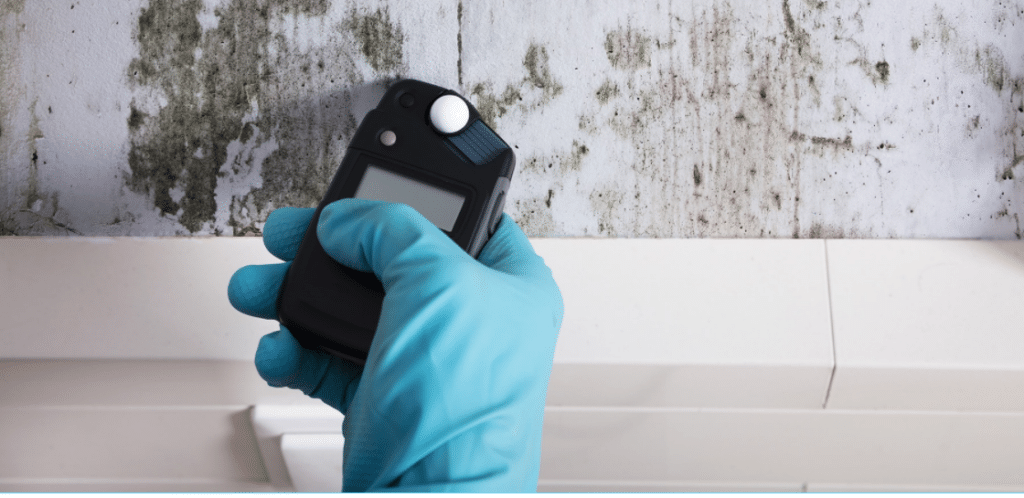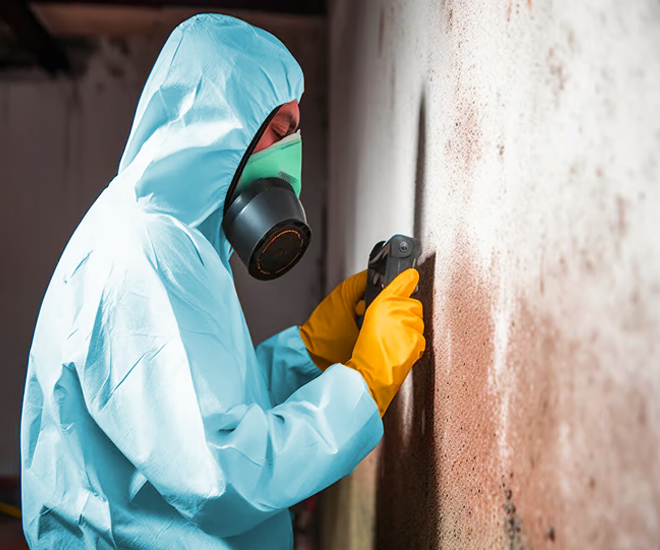Vital Actions After Mold Remediation
Vital Actions After Mold Remediation
Blog Article
Your Ultimate Overview to Message Mold And Mildew Remediation Methods
Navigating the world of post-mold remediation methods is a precise procedure that requires attention to information and a thorough understanding of the complexities involved. In the after-effects of mold problem, understanding just how to properly get rid of the mold and mildew and stop its reoccurrence is extremely important for keeping a healthy interior environment. From picking the best cleaning and decontaminating techniques to carrying out methods for long-term mold prevention, each action in the remediation trip plays a crucial duty in making certain a successful end result. As we start this exploration of post-mold removal methods, we will certainly discover the key techniques and ideal practices that can assist you recover your area to its pre-mold problem and safeguard it against future mold and mildew hazards.
Recognizing Post-Mold Remediation Refine
After finishing the mold remediation procedure, it is important to comprehend the post-mold removal techniques that are necessary to make sure a thorough and reliable clean-up. Once the mold has been removed, the next action includes cleansing and sanitizing the affected areas to prevent any regrowth of mold.
In addition, conducting a last inspection post-remediation is essential to make certain that all mold and mildew has been efficiently eradicated. This examination needs to involve a complete aesthetic check in addition to potentially air sampling to verify the absence of mold spores in the air. If the inspection discloses any kind of remaining mold and mildew, extra remediation might be needed. Lastly, educating occupants on safety nets such as regulating dampness levels and promptly attending to any type of water leaks can assist preserve a mold-free atmosphere.
Efficient Cleansing and Decontaminating Techniques

Preventing Future Mold And Mildew Development

Value of Correct Ventilation
Appropriate ventilation plays a crucial duty in protecting against dampness accumulation, an essential factor in mold development within indoor atmospheres. Efficient ventilation systems aid get rid of excess humidity from the air, reducing the opportunities of mold and mildew spores finding the dampness they require to spread and sprout. Without adequate ventilation, interior rooms can end up being a breeding ground for mold and mildew, leading to potential health and wellness risks and architectural damages.
By making sure proper air blood circulation, ventilation systems can additionally assist in drying moist locations quicker after water damages or flooding events, further hindering mold and mildew growth. Post Remediation verification. In areas like washrooms, kitchen areas, attic rooms, and cellars where moisture levels often tend to be greater, mounting and preserving reliable air flow systems is vital in protecting against mold problems

Tracking and Upkeep Tips
Given the critical duty that proper air flow plays in stopping mold growth, it is vital to establish effective tracking and upkeep tips to ensure the continued performance of ventilation systems. Tracking moisture degrees within the building is additionally vital, as high moisture can add to mold and mildew growth. By staying mindful and aggressive to the problem of air flow systems, building owners can properly minimize the danger of mold regrowth and maintain a healthy indoor environment.
Conclusion
In final thought, post-mold remediation strategies are essential for making sure a clean and risk-free setting. Comprehending the process, carrying out reliable cleaning and decontaminating techniques, stopping future mold and mildew growth, preserving correct ventilation, and routine monitoring are all critical steps in the remediation procedure. By adhering to these standards, you can successfully remove mold and avoid its return, working or advertising a healthy and balanced living room for all occupants.
In the aftermath of mold and mildew infestation, understanding how to properly eliminate the mold and avoid its reoccurrence is vital for keeping a healthy indoor setting. When the mold and mildew has been eliminated, the following step entails cleaning and disinfecting the impacted locations to avoid any type of regrowth of mold - Post remediation mold testing near me. After removing visible mold growth, it is vital to clean up all surfaces in the affected area to eliminate any remaining mold and mildew spores. To better boost mold prevention measures, it is necessary to address underlying concerns that at first led to mold development.Given the essential duty that correct air flow plays in stopping mold and mildew growth, it is imperative to develop reliable tracking and maintenance suggestions to make certain the ongoing performance of air flow systems
Report this page